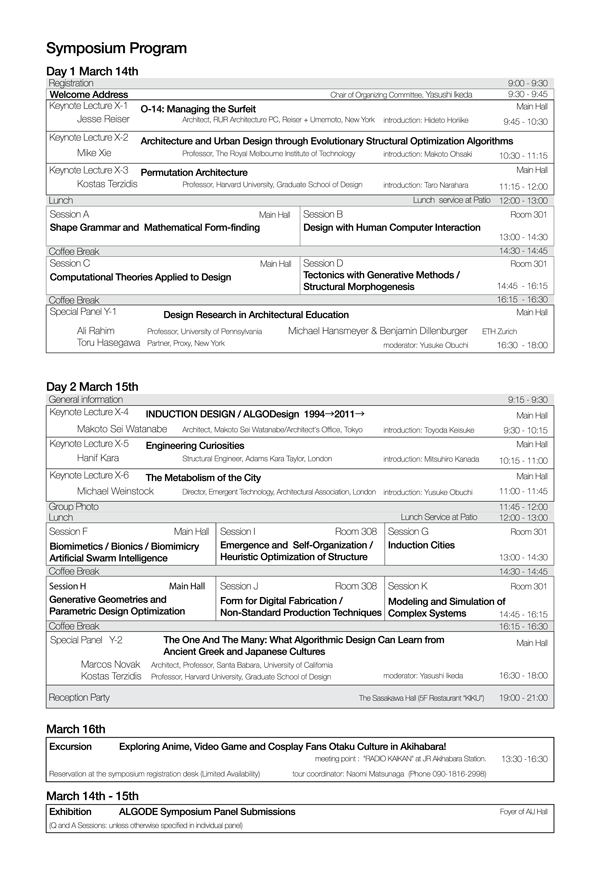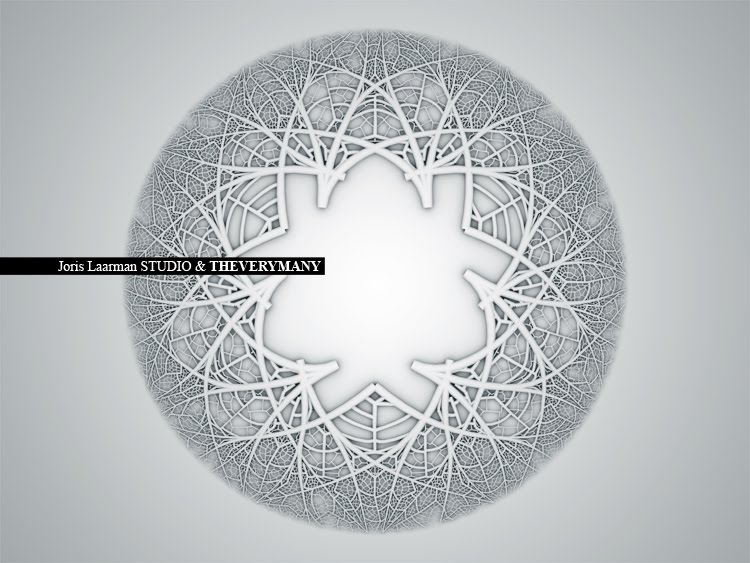Escuelab
Teoría (obligatorio): Martes 16, al Viernes 19 - Febrero 2010 (10:00 a 14:00 hrs.)
Horario de Práctica (opcional / flexible): 14:00 pm y 20:00 pm
@ Escuelab (Belén 1044, Piso 5 - Centro de Lima)
Gratuito / Cupos limitados / Con inscripción!!!
Inscripciones Aqui!!
El taller está dirigido a estudiantes y profesionales de la informática, las ciencias naturales, sociales, arquitectura y artes multimediales, etc, interesados en la creación de interfases para la visualización de datos.
Ejemplos de los trabajos realizados por Santiago Ortiz, pueden ser revisados aquí:
http://moebio.com/santiago/
Sobre la dinámica del taller
Con un número limitado de participantes (máximo 16) se desarrollará en forma grupal, entre 4 y 6 aplicaciones informáticas funcionales que permitan la visualización de conjuntos complejos de datos. Los datos a visualizar pueden ser estadísticas de todo tipo (demografía, lenguaje, opinión pública, recursos, acceso, transporte, etc...) y pueden referirse ya sea al ámbito local o global. Sin embargo es importante que los conjuntos de datos propuestos se encuentren desde un inicio en un estado de pureza y disponibilidad que permita el desarrollo oportuno de los ejercicios/programas durante el taller (no se recomienda venir al taller a empezar a pensar en los datos a graficar, sino directamente llegar con tablas/colecciones de datos, histogramas, etc...)
Los prototipos, se implementarán utilizando Action Script, Processing u otros lenguajes de programación que permitan manejo de gráficos a través de código. Por ello daremos inicialmente énfasis a elegir personas que manejen programación hasta completar aproximadamente el 50% de las plazas.
El otro 50% de participantes, debería tener claramente identificada su elección de datos a visualizar y trabajaría en equipo con las personas que dominen la técnica de programación para visualización.

























 TEMP
TEMP











 Branco Kolarevic escribió
Branco Kolarevic escribió 







